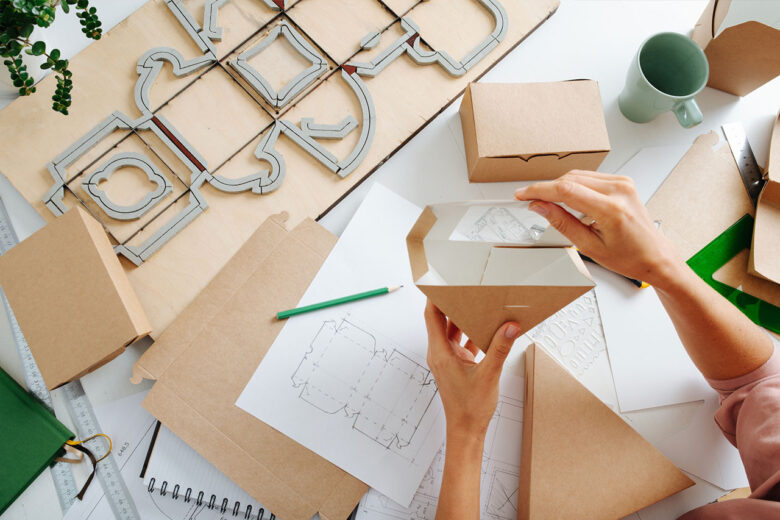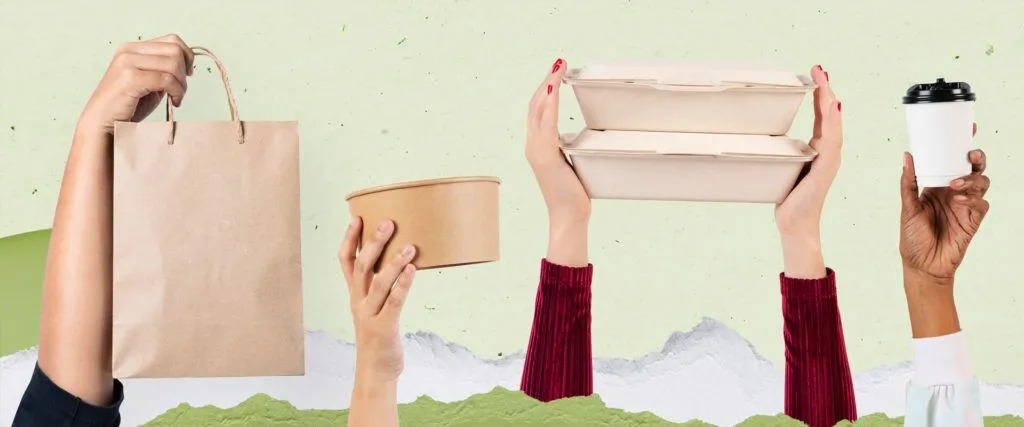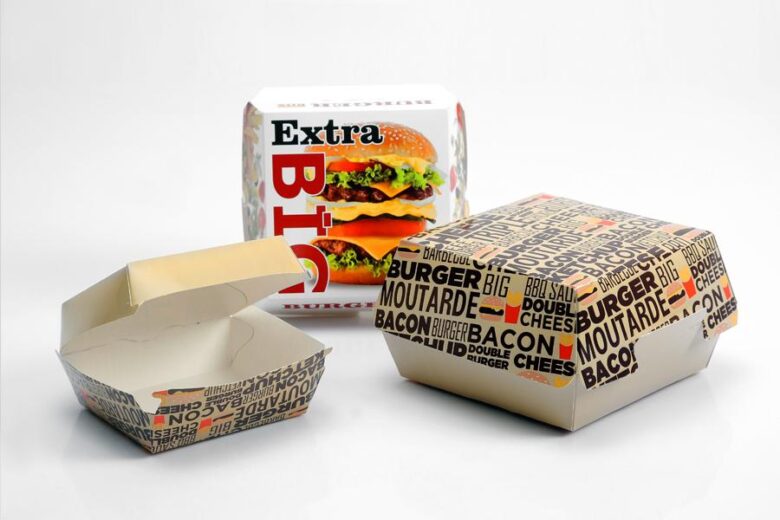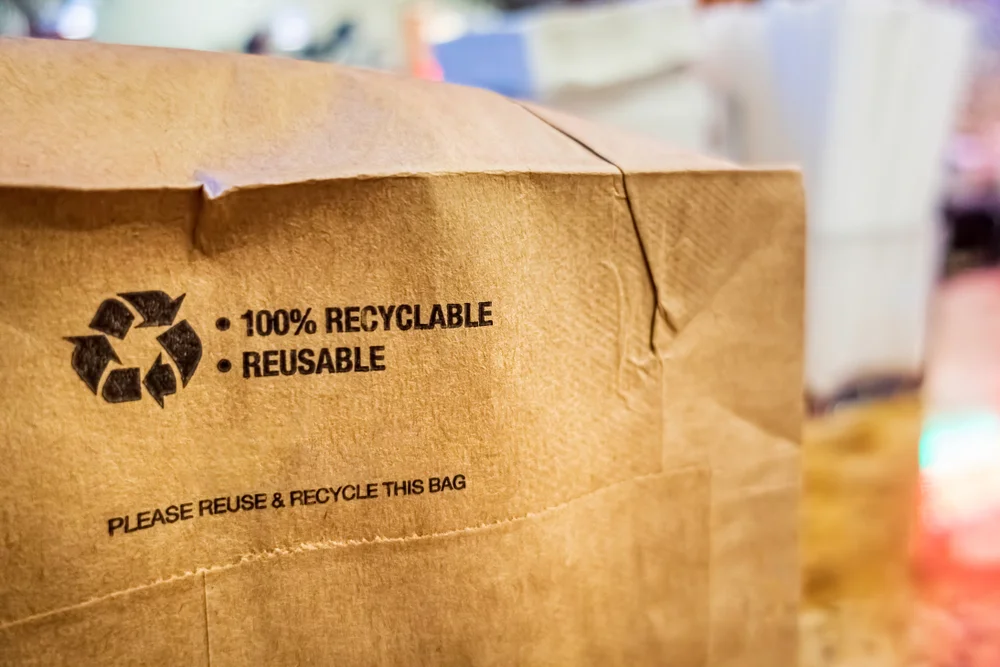In the fast-paced world of modern living, where convenience often trumps sustainability, the packaging industry has found itself at a crossroads. However, amidst the growing concerns for the environment, a revolution is quietly taking place – one burger box at a time. This blog delves into the transformation of burger boxes and packaging, exploring how innovation and sustainability are reshaping an industry that plays a significant role in our daily lives.

Source: albertpaperproducts.com
Contents
- The Role of Packaging in Branding
- The Old Guard: Disposable Dilemmas
- A Greener Tomorrow: Rise of Sustainable Materials
- Innovations in Design: Form Meets Function
- Consumer Consciousness: Driving Change
- Tech Integration: Smart Packaging Solutions
- Challenges and Opportunities: Navigating the Transition
- The Future: Towards a Circular Economy
The Role of Packaging in Branding
Food packaging plays a crucial role in branding as it serves as a tangible representation of a brand and contributes to the overall consumer experience. Here are several ways in which food packaging influences branding:
- First Impression: Packaging is often the first point of contact between a consumer and a product. It creates the initial visual impact and can attract or repel potential buyers. Well-designed and attractive packaging can capture attention on store shelves, making the product stand out among competitors.
- Brand Identity: Packaging serves as a canvas for expressing the brand’s identity. The use of consistent colours, logos, and design elements helps in creating a recognizable and memorable brand image. Typography and imagery on the packaging contribute to the overall brand messaging and storytelling.
- Differentiation: In a crowded market, where numerous similar products compete for attention, packaging can be a key differentiator. Unique and distinctive packaging sets a product apart from its competitors.
- Communication: Packaging communicates essential information about the product, such as ingredients, nutritional facts, usage instructions, and brand values. Through packaging, brands can convey their commitment to sustainability, health, or other values important to the target audience.
- Consumer Trust: High-quality and well-designed packaging can convey a sense of professionalism and quality. This contributes to building trust with consumers. Packaging that accurately reflects the product inside fosters trust and credibility with the consumer.
- Functionality: Packaging is not only about aesthetics but also about functionality. Packaging that is easy to open, resealable, or has other practical features can enhance the overall consumer experience. Convenient and functional packaging can become a part of the brand’s identity, associating the brand with user-friendly products.
- Brand Consistency: Consistency across various products in a brand’s lineup helps in creating a cohesive brand image. Similar packaging elements build a sense of familiarity among consumers.
- Marketing and Promotion: Packaging can be used as a marketing tool. Limited edition or special promotions can be highlighted through packaging design, encouraging impulse purchases. Packaging can also provide space for promotions, discounts, and other marketing messages.
- Sustainability: As consumers become more environmentally conscious, sustainable packaging practices can contribute to a positive brand image. Brands that emphasize eco-friendly packaging may attract consumers who prioritize sustainability in their purchasing decisions.
Food packaging is not just a means to protect and contain a product; it is an integral part of a brand’s identity and marketing strategy. A well-designed and thoughtful packaging can contribute significantly to brand recognition, differentiation, and consumer loyalty.

Source: asiapack.com
The Old Guard: Disposable Dilemmas
The Environmental Toll of Traditional Packaging
For years, the fast-food industry has been synonymous with disposable packaging – polystyrene clamshells and plastic bags that serve a single purpose before lingering in landfills for centuries. The environmental toll of such practices has sparked a global call for change. The excessive use of non-biodegradable materials raised concerns about pollution and its long-term impact on ecosystems.
A Greener Tomorrow: Rise of Sustainable Materials
Biodegradable Alternatives
Enter the era of sustainable packaging materials. Companies are now opting for biodegradable alternatives that minimize the ecological footprint. Burger boxes made from materials like bagasse (sugarcane pulp), cornstarch, and bamboo are gaining popularity. These materials not only break down naturally but also reduce dependence on fossil fuels, contributing to a greener tomorrow.
Innovations in Design: Form Meets Function
Eco-Friendly Designs
Revolutionizing burger box packaging is not just about the materials used; it’s also about reimagining design. Companies are investing in innovative designs that minimize waste without compromising on functionality. Folding boxes, stackable designs, and those with minimalistic closures are becoming staples in the industry, showcasing that eco-friendliness can go hand in hand with practicality.

Source: bftpackaging.com
Consumer Consciousness: Driving Change
The Power of Informed Choices
As consumers become more environmentally conscious, their choices are steering the packaging revolution. Many are actively seeking out restaurants and food chains that prioritize sustainable packaging. Social media campaigns, awareness programs, and environmental initiatives are fuelling demand for responsible packaging practices. The power of the consumer dollar is proving to be a potent force for positive change.
Tech Integration: Smart Packaging Solutions
IoT and Beyond
The packaging revolution extends beyond material choices and design innovations. Technology is playing a pivotal role in creating smart packaging solutions. Intelligent packaging that incorporates RFID tags, QR codes, and sensors is enabling better tracking of the supply chain, reducing food waste, and providing consumers with valuable information about the origin of their food.
Cost Considerations
While the benefits of the packaging revolution are clear, challenges remain. The transition to sustainable materials and innovative designs comes with an initial cost. Many businesses, especially small enterprises, are grappling with the economic implications of adopting these changes. Striking a balance between environmental responsibility and financial viability is a key challenge that the industry must navigate.

Source: packaging-gateway.com
The Future: Towards a Circular Economy
Closing the Loop
Looking ahead, the packaging revolution is pushing the industry towards a circular economy. The concept of recycling, repurposing, and reusing materials is gaining traction. Companies are exploring closed-loop systems where packaging is not a one-time-use item but rather a resource that can be continually recycled, creating a sustainable cycle that minimizes waste.
The story of burger boxes mirrors a larger narrative of change sweeping through the packaging industry. From traditional disposable materials to eco-friendly alternatives, from basic designs to intelligent packaging solutions, the sector is in the midst of a transformative journey. As consumer awareness grows, businesses are realizing the importance of aligning their practices with sustainability. The packaging revolution is not just about boxes; it’s a testament to the power of innovation, consumer choices, and the collective responsibility we hold for the planet we call home.
